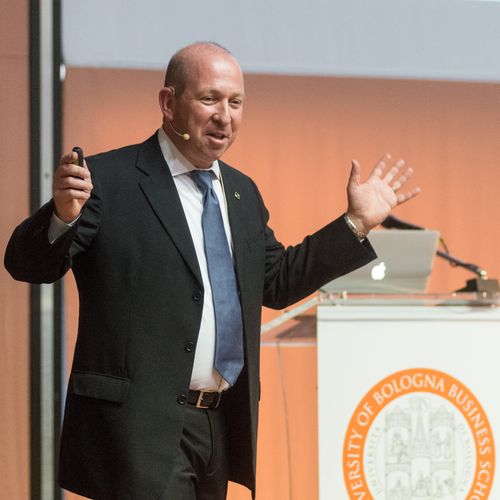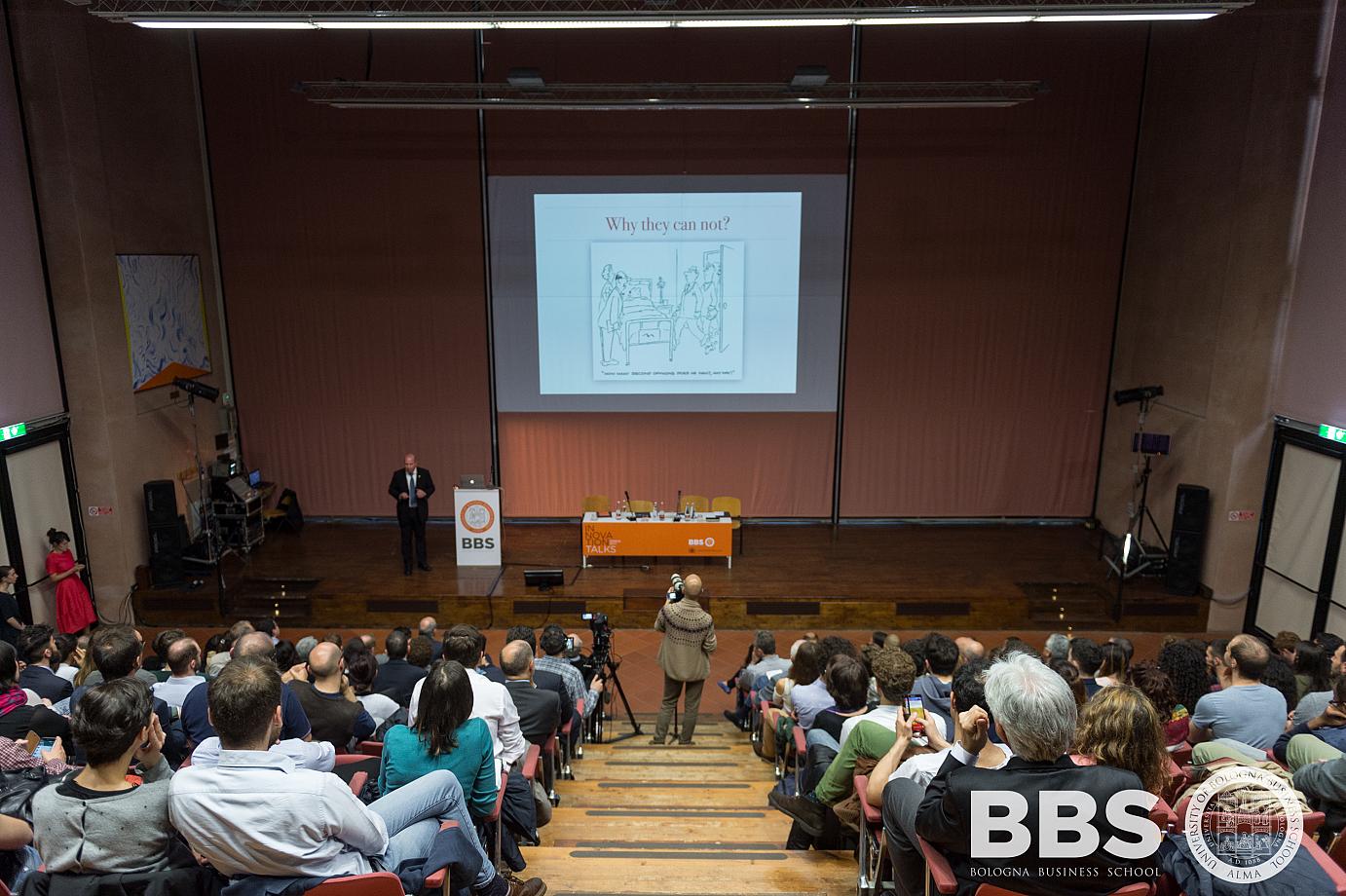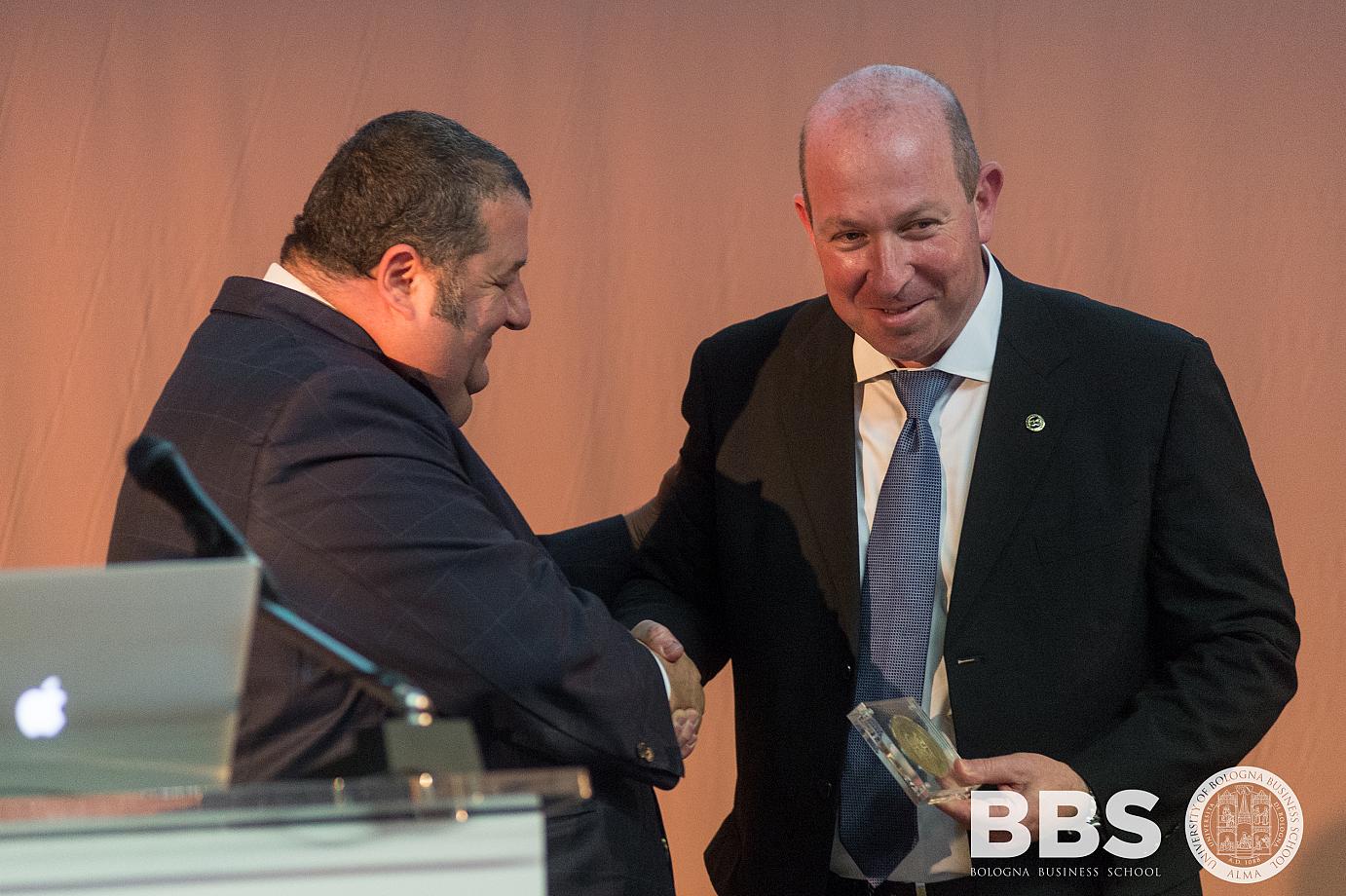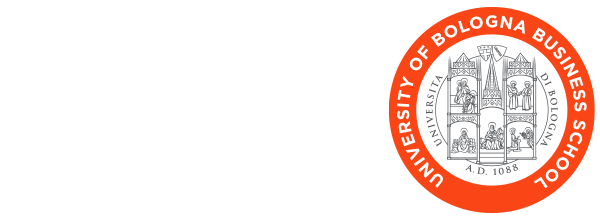
Robotics, research and business: Alon Wolf (Metrobotics)
6 June 2017Friday, May 12th. Second appointment with the spring edition of Innovation Talks 2017, in collaboration with Philip Morris Italia. BBS hosted Alon Wolf, Director of Biorobotics and Biomechanics Lab in Technion – Israel Institute of Technology.
There has been to a fascinating journey through the emergence of his technological ideas, their development in the field of research and experimentation and the use in various fields. Not to mentiont the business opportunity that it offers us.
A university in Haifa wich has science directors like Albert Einstein and four Nobel prizes, Aaron Ciechanover and Avram Hershko in 2004, Dan Schechtman in 2011, and Ariel Warshel in 2013, all the prizes for chemistry. In Technion, Alon Wolf is interested in robotics but, as he wants to stress, with an interdisciplinary focus to make his research useful in solving different problems.
Emergence of a robotics company
If the robot, as he explains, is the link between motor skills and cognitive ability, Wolf is particularly interested in his ability to perceive the surrounding environment and changes in the behaviour through sensory. That is why the basis of his studies is kinematics. From the movement that animals carry into the environment to the study of the human step.
“I have been encouraged to do theoretical studies since 1998. The first robot realized assisted surgeons in inserting the screws in the rachis. The spine is a delicate part. The doctor receives the plates and realizes the design of the surgery;in the operating room, after placing it on the patient, the robot performs the operating plan and helps the surgeon to put the screws in the right place.” The result: 100% successful operations in a case study with a high risk rate of error. This is how Metrobotics is born, a company that deals with the creation of biomedical technology tools, the spinoff of the Israeli.
Observation and problem – solving
With the tragedy of September 11, 2011, robots are used for the first time to look for survivors in the collapse of twin towers. But thare are automatons too cumbersome. “That’s why we thought about snakes to develop a robot that was able to move in the most complex spaces. We studied the locomotion of snakes. The first prototypes were made in 2007. ” The most famous Metrobotics product was born.
Untill then, surgery has rigid instruments that can impact obstacles during operations. At a conference in Verona, the idea was to miniaturize the robot snakes by decreasing them to a diameter of one cm and a length of 40 cm in order to take the shape of the restricted and complex spaces of the human body. A wager from a mechanical standpoint. The doctor has a screen and a joystick. He operates the camera and the surgeon drives the snake inside the body. The procedure often allows to resign patients on the same day.”
From the Metrobotics laboratories there is a tiny robot similar to an insect that can be monitored by magnetic resonance, which has the task of bringing the drug to the exact point of the body where it is to be metabolized. There are also the invention of robotic shoes able to offset the step for people with severe mobility disorders, allowing them to walk perfectly.
What the future will bring us
The new frontiers will be nanotechnology, the study of stem cells and epidermal cells and the energy that the body naturally produces to work robotic devices. “The thermal energy , the chemical energy and the hydraulic energy. Creating systems with built-in generators that expand and narrow the arteries to generate energy. Install microturbines that take advantage of blood flow. Generating mechanical energy from step.”
“Being able to collect data from many patients will allow us to build databases that are fundamental to finding solutions by transmitting data across the technology ways. It is connected health: it means to rethinking the current devices for data transmission for the medical background.” And finally, Alon Wolf also gives a prediction about the company of the future. “Within twenty years, when market changes have taken place, the workforce will have to be flexible enough and students will have to learn to learn. In the age of the web, knowledge is no longer in the hands of professors but is widespread to all and teachers will be able to guide students to choose the tools of knowledge and their proper use. ”


